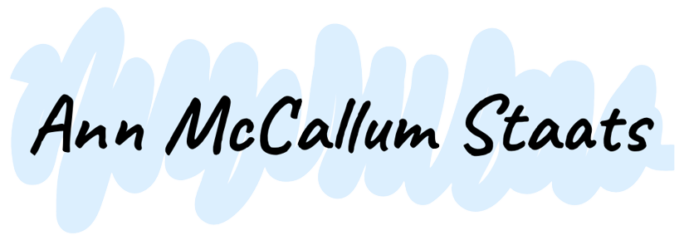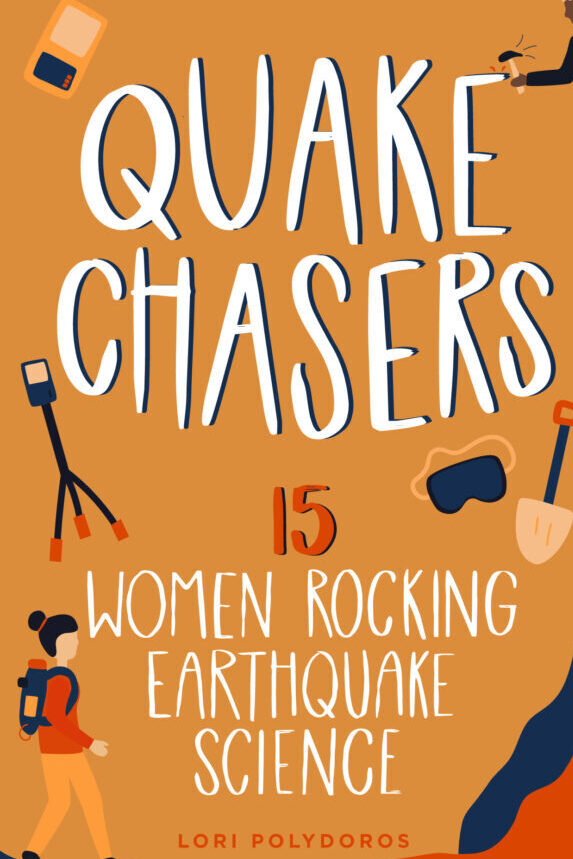What is QUAKE CHASERS: 15 WOMEN ROCKING EARTH SCIENCE?
Quake Chasers: 15 Women Rocking Earthquake Science is a middle grade/young adult non-fiction book that explores the lives of 15 diverse, contemporary female scientists with a variety of specialties related to earthquake science.
1. Who are the people featured in QUAKE CHASERS?
It features incredible women that travel to communities post-disaster to evaluate earthquake damage and provide guidance and protection against future quakes and tsunamis. The book also stars scientists that make a living climbing to the top of volcanoes, digging deep in Antarctic ice or searching barren deserts to measure seismic activity or find geological evidence.
2. What sparked you to write this book?
Working out on the treadmill one day, I was listening to NPR’s podcast, The Big One. In episode 8, I was significantly impacted by what I heard about the struggles these incredible female scientists faced in their career. I pitched a young adult collection of biographies to my agent, and she said, “Yes! Write a proposal.” After about a year, I had done all my researched, outlined an annotated version of the book, interviewed three of the women in person and written a sample chapter. We sent it out…and found a home with the incredible Women in Power Series at Chicago Review Press!
3. How did you find the women to profile in your book?
I did a ton of research and found local women in earthquake science, starting with the USGS at Caltech. From there, I asked these scientists for recommendations—and the tentacles spread wide across the country. We wanted to highlight a variety of women—and hoped to represent as much diversity as possible. I ended up with a stellar group—and many of them are close friends and colleagues!
4. Can you please describe your process for writing each chapter?
I interviewed three of the women in Los Angeles before COVID—we met at Caltech and at a little coffee shop. Felt like we were doing a podcast about women in STEM. So fun! For the remainder, I interviewed them on Zoom, usually a two- hour, initial interview. I would then transcribe my notes, annotate them, create more questions, and make connections as I categorized the topics they focused. I love science, but I am not a scientist. So here, the research began. I needed to understand, at least in broad terms, the basics of their science and research so I could then follow up with more specific questions and then a one-hour follow up. From there, I transcribed my notes again, decided on the direction I’d take. I rewatched the Zoom videos to capture exact quotes, emailed them more follow-up questions, did more research, etc. I was reaching remotely at the time—as this is my pandemic book—so once I finished all the interviews, I scheduled myself to write at least one chapter per day after teaching. I have a walking treadmill—and that’s where I wrote until about 2:00am everyday with my “office dogs,” Oliver and Addison on the bed next to me until I finished. I sent each chapter to the scientist to ensure that I had my facts correct and I represented them accurately, as that was extremely important to me. Being able to tell someone’s story is a gift, a treasure, really, and I wanted to do it 110% authentically. It was a whirlwind!


